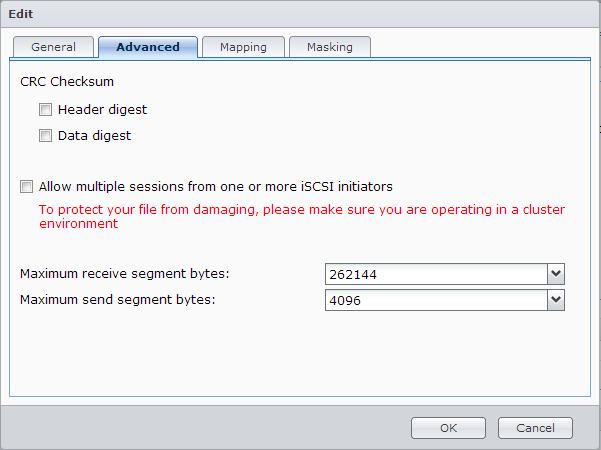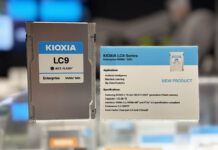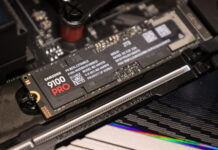Today we are going to go over iSCSI Target setup on a Synology NAS, specifically the Synology DS1812+. For those wondering, iSCSI is a block-level protocol for accessing storage. Basically what that means is that the iSCSI client can address storage in a manner very similar to if the storage was a local drive plugged into the machine. Instead of having to read an entire file, it can transfer only the portion needed. With iSCSI we have two different components. The storage server, exposing storage as an iSCSI drive to the client is setup as an iSCSI Target. The client uses the iSCSI initiator. The way to remember this is that the server provides a target for clients to initiate requests. In the past few years, iSCSI has become increasingly popular. For those looking to setup advanced VMware ESXi, Microsoft Hyper-V or Citrix environments, iSCSI is a great feature. In this guide we are going to show how to take the Synology NAS and turn it into an iSCSI target.
Creating an iSCSI Target with a Synology NAS
Using the Synology DS1812+ NAS that the company provided for testing has shown the unit to be very easy to manage. Synology DiskStation makes setup of most things easy, and as we will see, creating an iSCSI target is one of them. The first step is to open the Synology Storage Manager application and then click on iSCSI target. From here click the create button.

Here you can create a name for the target. This is a very important step as an environment can have many iSCSI targets. Giving a descriptive name is important to ensure that one does not delete an in-use target later. Enabling CHAP or similar authentication method is usually a good idea.

The next step is to create a new iSCSI LUN. A LUN is short for logical unit number. LUNs allow for uniquely identifiable targets within a given iSCSI target. Synology makes this easy with a wizard. There are a few options here that you can explore. To keep this a quick guide I am going to use the first option.

The next step in the guide is to set a few properties. Again, descriptive names make administration much easier. Generic names like the below are not the best practice. One can see a few interesting settings. There is a STH guide explaining thin provisioning which is a good read. One can see from the screenshot below that you can create the LUN first, then the target. If you go that way, you can map the LUN to an existing target or set one up from scratch.

Next you will get a confirmation and then have a few seconds of waiting. At that point everything will be set up. The first screenshot above shows the iSCSI target setup and the below shows the associated LUN we created.

Afterwards, one can click edit and edit the properties of the target and LUN fairly easily. Do not be alarmed if you misclicked some of the advanced options. The key settings are the mapping of LUN to volume, and things like thin provisioning.

Wrapping up, hopefully this looked easy. This is another guide that can be accomplished in no more than a minute. In subsequent guides we are going to show how to use the iSCSI target to do some cool things with Windows 8 Hyper-V, Windows Server 2012, Linux and VMware ESXi. Overall, this is a solid user experience. Synology made setting up an iSCSI target and LUN very simple. For most users, I would strongly recommend using simple network shares as that is much easier. For those that are building a home lab, this is a great feature. With the Synology DS1812+ there is enough capacity and performance to run a decent lab setup using multiple protocols.




hi,
thanks for the write up.
im having issues sharing the newly created LUNS from my esxi hosts.
i can mount to only one host :(, and not the other. im trying to configuere vmware HA and hence the need to view the iscsi datastore.
any advice would be much appreciated.
ajay
Did you try multiple sessions?
Love how easy this is. I tried under napp-it and failed. Better on-screen docs. They did a good job at describing what settings do.
Bookmarked for when I get one for my home lab. OpenFiler was free but sucked for this. I would rather have something easy to setup and use.
I’m looking at buying a 1812+ and take back my ReadyNAS Ultra 6 (non-pro) and I will be using NFS. Any tests on using NFS? I read there was an issue with it, but was fixed in a patch back in September.